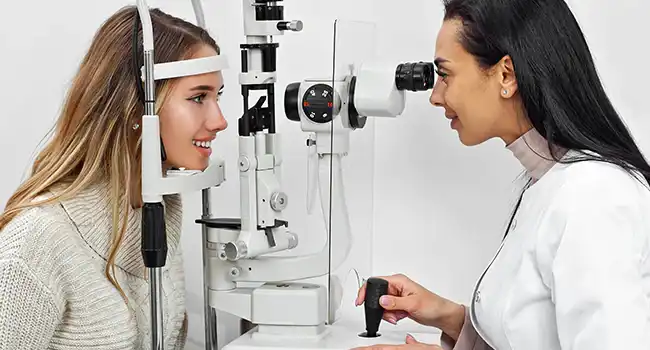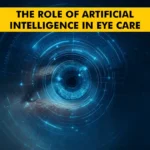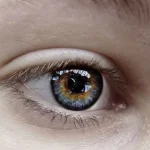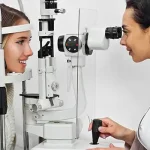The cornea is often recognized as the window of the eye. It is a fragile part of the eye that needs due care at all times, for it constitutes 2/3rd of the eye’s focusing power. It consists of three main layers: epithelium, stroma, and endothelium.
An overview of corneal diseases
The cornea can be afflicted with various diseases, from infections due to contact lenses to abrasions due to trauma to inflammation. Corneal ulcers, keratoconus, pterygia, Fuchs’ endothelial dystrophy, etc., are some corneal diseases that afflict the eye.
The broad classification of corneal diseases is –
a. Ocular surface disorders
b. Infections
c. Corneal dystrophies
d. Corneal ectatic disorders
e. Corneal injury
What are the common symptoms?
Some of the common symptoms of corneal diseases are –
a. Pain
b. Redness
c. Blurred vision
d. Tearing
e. Extreme sensitivity to light
f. Corneal scarring.
What are the main causes of corneal diseases?
a. Bacterial, fungal, and viral infections
b. Aging processes can affect the clarity and health of the cornea
d. Cataract and intraocular lens implant surgeries in certain situations
d. Heredity factors
e. Improper use of contact lenses
f. Eye trauma
g. Certain systemic diseases
h. Certain environmental factors.
What are the means by which one can prevent corneal diseases?
The risk of corneal diseases can be drastically reduced by following certain simple steps –
a. One must wash his or her hands before touching his or her eyes
b. One must wash hands thoroughly after making contact with an infected person
c. One must avoid sharing makeup, and contact solution with someone else
d. Regularly clean and replace contact lenses
e. Avoid contact with someone who has conjunctivitis.
What are the methods used for the detection of corneal disease?
An eye doctor can detect corneal disease with the help of magnification instruments. They may also use advanced diagnostic technology such as corneal topography, slit lamp exams, etc.
What are the corneal diseases treatments available?
Treatment of corneal disease must not be delayed. Doctors may sometimes prescribe antibiotics and steroids and ask the patient to use glasses or contact lenses. In the advanced stages of the condition, a corneal transplant might also be resorted to, including a lamellar corneal transplant or full-thickness corneal transplant. Newer advances in the medical field, such as Endothelial Keratoplasty or DSAEK, may also be employed in some instances to help restore vision.
Why CFS?
CFS has trained corneal sub-specialist ophthalmologists that will offer the best care for one’s eye. With the assistance of well-trained staff, the patient will have a comfortable experience at CFS and have their problems dealt with in the best possible manner.
Article: What falls under Cornea Services?
Author: CFS Editorial Team | May 16 2022 | UPDATED 12:45 IST
*The views expressed here are solely those of the author in his private capacity and do not in any way represent the views of Centre for Sight.





